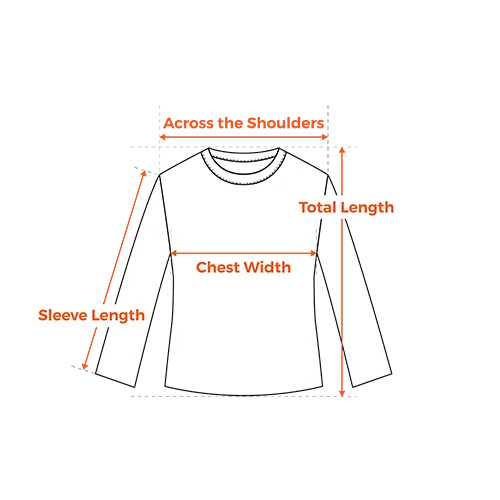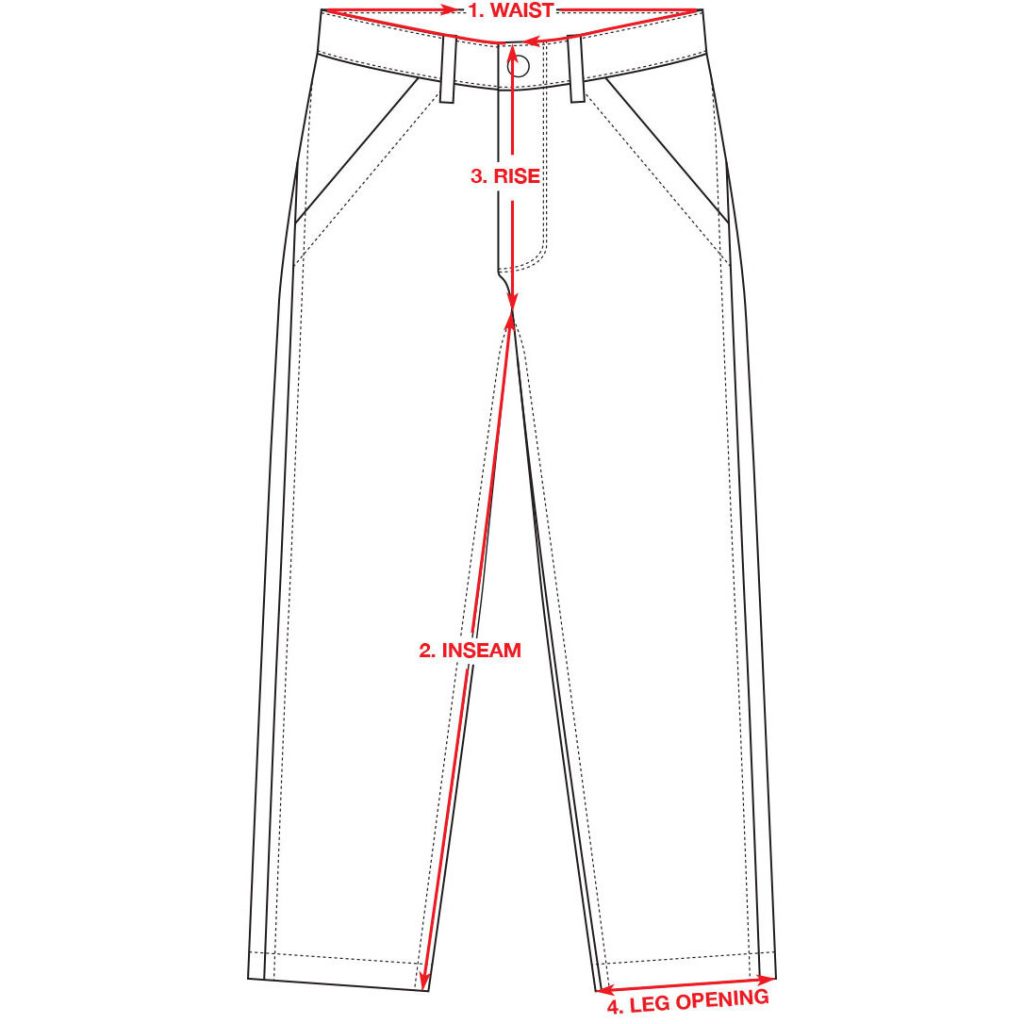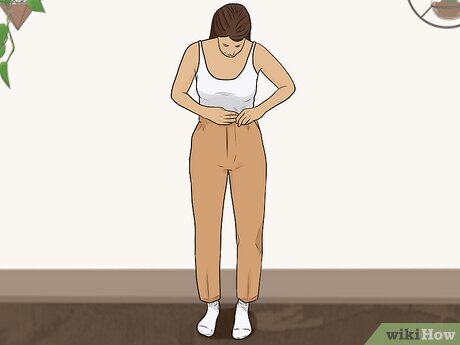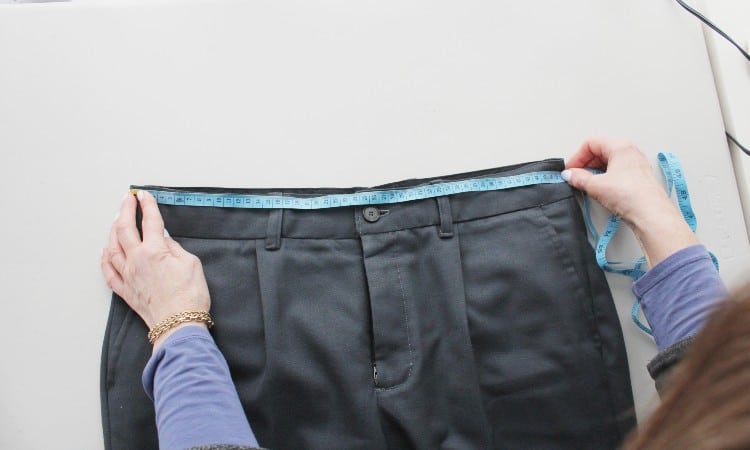Finding the perfect pair of pants can be a challenging task due to variations in sizes across different brands or even styles within the same brand. Ensuring you know your accurate measurements can make the shopping process much more straightforward. Below, we’ll delve into a step-by-step guide to measuring pant sizes correctly, emphasizing the importance of understanding and accurately recording your measurements.
Understanding the Basics
Before delving into the specific steps, it is vital to establish a fundamental understanding of what measurements are essential when determining pant size.
Waist Measurement
The waist measurement is crucial as it affects the overall comfort and fit of the pants around your naval area. To measure your waist, wrap a measuring tape around the smallest part of your waist, not too tight or too loose, and note the measurement. It’s important for the tape to be level and straight, and you should measure over your underwear for the most accurate results.
Hip Measurement
Similarly, hip measurements are integral in ensuring a good fit around the widest part of your hips. For this, place the measuring tape around the fullest part of your hips and buttocks, keeping it parallel to the floor. This measurement is particularly important for styles that are fitted around the hips and seat, such as skinny jeans or tailored trousers.

Inseam Measurement
The inseam measurement dictates the length of the pant leg, running from the crotch down to the desired length. To measure your inseam, you will need the help of a friend. You should wear shoes that you typically would with the pants you’re purchasing to ensure the length is accurate. Measure from your crotch to the bottom of your ankle or your shoe level if you prefer your pants to break a certain way over your footwear.
Step-by-Step Guide
After understanding the critical measurements, the next step is to learn how to accurately take these measurements.
Step 1: Preparing for Measurement
Wear form-fitting clothing or just your underwear to ensure the measurements taken are as accurate as possible. Make sure you stand on a flat surface, ideally in front of a full-length mirror, to maintain good posture. Keep a fabric measuring tape handy, and if possible, ask someone to help you for more accurate measurements.
Step 2: Taking Your Measurements
Start with your waist measurement, ensuring the tape is snug but not digging into your skin. Note this number down. Next, measure your hips, making sure the tape is over the fullest part and is level all around. Then, for the inseam measurement, stand straight and measuring pant sizes from your crotch down to where you want your pants to end. Write each measurement down as you go to ensure accuracy.
Step 3: Checking Size Charts
Once you have your measurements, you will need to refer to specific brand size charts. Each brand can vary significantly, so it’s vital to not assume your size but to compare your measurements with their guide. If you’re in between sizes, consider whether you prefer a tighter or looser fit, but also keep in mind the material and if it’s likely to stretch.

Practical Tips
Tip 1: Re-measuring Periodically
Our bodies change over time, so it’s a good practice to measuring pant sizes yourself every few months, especially before making significant purchases. This ensures you’re always shopping for the right size and avoid the disappointment of ill-fitting clothes.
Tip 2: Knowing Your Preferences
Understanding your preferred fit can also guide your measurement process. Some may prefer a looser fit for comfort, which means opting for a slightly larger size than their measurements would suggest. Others may want a snug fit, especially for styles meant to highlight body shape.
Tip 3: Considering Fabric Types
Different fabrics have varying amounts of stretch. Denim, for example, may loosen up after wear, whereas polyester may not. Take this into account when choosing sizes, particularly if you’re between sizes on a chart.

Advanced Measurements
Beyond the basic waist, hip, and inseam measurements, certain styles or body shapes may benefit from additional considerations.
Thigh Measurement
For those who have larger or more muscular thighs relative to their waist size, measuring the thigh can be essential for a comfortable fit, especially in slim or tailored pants. Measure around the fullest part of the thigh to ensure ample room.
Rise Measurement
The rise of pants can drastically alter where they sit on your body and how they fit. It’s the distance from the crotch to the top of the waistband. There are high, mid, and low rises, and knowing your preference can guide your purchases, particularly online. To measure, use a pair of pants that fit you well, laying them flat to measure from the crotch seam to the top of the front waistband.

Adjusting for Fit
Even with accurate measurements, adjustments may be necessary for a perfect fit. Here are a couple of tips for dealing with common issues:
Waist Gapping
If pants fit well through the hips and thighs but are too loose at the waist, consider taking them to a tailor for a small adjustment. This is a common issue and a relatively simple fix.
Pant Length
In situations where the inseam doesn’t quite match the length you need—perhaps due to a style choice or uncommon proportions—buying pants with a longer inseam and having them hemmed is a reliable solution.
Common Challenges and Solutions
Inconsistent Brand Sizing
One of the most frustrating aspects of pant shopping is the lack of standard sizing across brands. A size in one brand may fit completely differently in another. Solution: Always refer to the specific brand’s size chart and customer reviews for insights into how their sizes run.
Online Shopping
Without the ability to try on pants before purchasing, online shopping can be hit or miss. Solution: Shop from retailers with detailed size guides and flexible return policies. Taking both your body measurements and the garment measuring pant sizes into account can also help in making more informed choices.
Body Shape Considerations
Not all body shapes are catered to by standard pant sizes, which can make finding a good fit challenging. Solution: Look for brands that offer a variety of fit models, such as “curvy” fits, or consider custom-made or tailored options. Being open to alterations can also expand your range of possibilities.

Moving Forward
Understanding how to measuring pant sizes is just the beginning. Appreciating the nuances of fit, acknowledging the irregularities in brand sizing, and being prepared to make minor adjustments can significantly enhance your shopping experience. Remember, the ultimate goal is to find pants that not only fit well but also make you feel confident and comfortable. As fashion continues to evolve, so too does the understanding of fit and size. Staying informed, flexible, and proactive in your approach will ensure that you always look and feel your best in your pants.
Conclusion
Measuring pant sizes accurately can be a straightforward process if you follow the steps laid out in this guide. Understanding and taking accurate measurements are crucial steps to finding the perfect fitting pants. By periodically measuring yourself, knowing your fit preferences, and considering fabric types, you will make more informed decisions when purchasing pants, leading to a more comfortable and satisfying wearing experience. Remember, the key to a great fit is not just the size but understanding how that size works with your unique body shape and the specific garment’s design and material.
